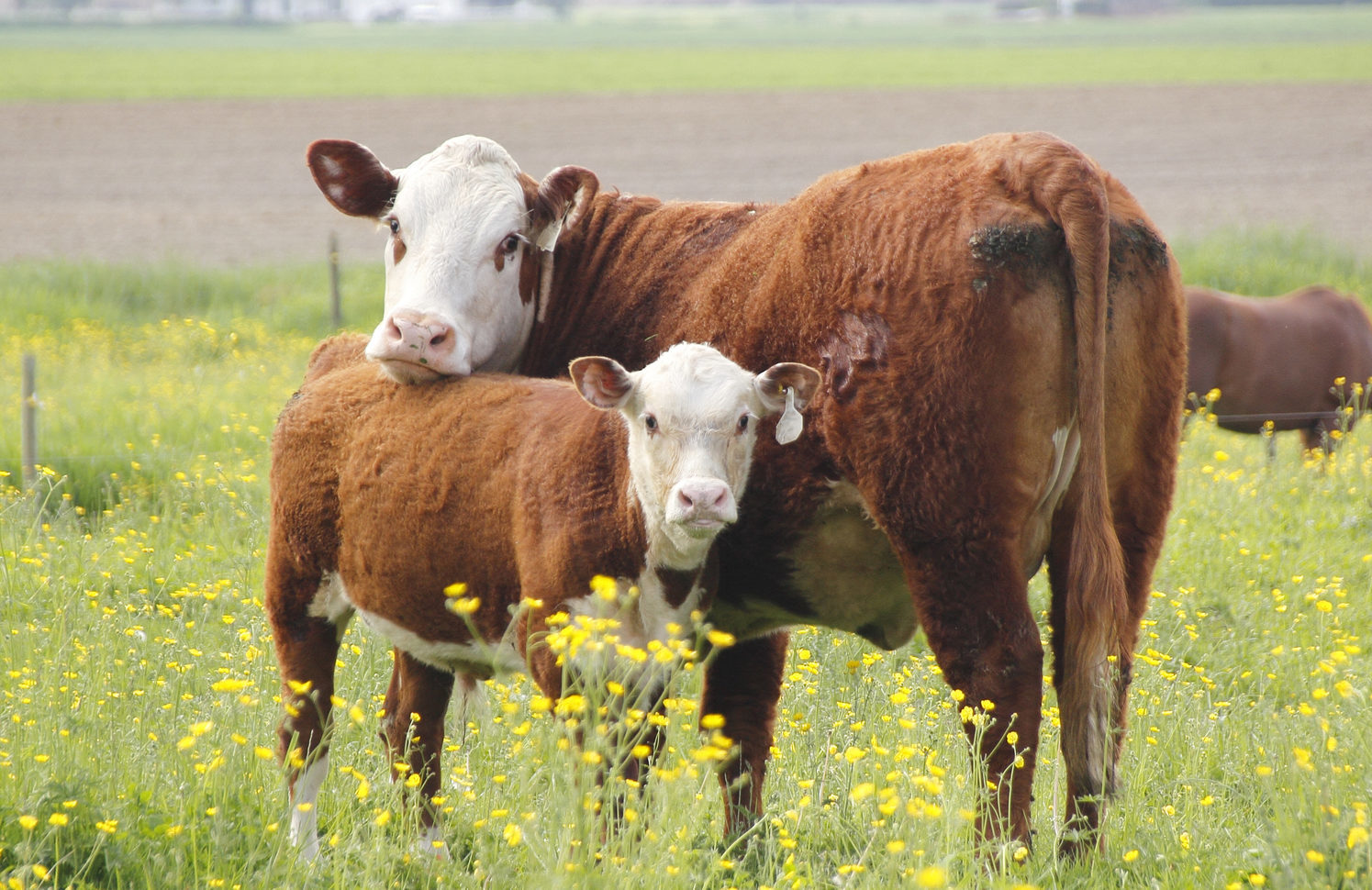
A CASE of BSE, commonly known as mad cow disease, has been found on an Aberdeenshire farm.
Investigations have been launched into the origin of the disease, with a temporary movement ban placed on the farm.
The Scottish Government said that the disease did not present a threat to human health as it was a case of Classical BSE and did not enter the human food chain.
It’s the first reported case in Scotland for over a decade.
Rural Economy Secretary, Fergus Ewing, said: “Following confirmation of a case of classical BSE in Aberdeenshire, I have activated the Scottish Government’s response plan to protect our valuable farming industry, including establishing a precautionary movement ban being placed on the farm.
“While it is important to stress that this is standard procedure until we have a clear understanding of the disease’s origin, this is further proof that our surveillance system for detecting this type of disease is working.
“Be assured that the Scottish Government and its partners stand ready to respond to any further confirmed cases of the disease in Scotland.”
What is BSE?
BSE, short for Bovine Spongiform Encephalopathy, is a fatal neurodegenerative disease in cattle. It slowly destroys the brain and spinal cord (central nervous system) in the animals.
It’s related to a disease in humans called variant Creutzfeldt-Jakob disease (vCJD).
First discovered in the UK in 1986, mllions of cows were killed to control the spread of the disease.
The outbreak had a devastating impact on farming communities and reached its peak in 1993, with almost 1,000 new cases reported per week.
In 1996, the first case of vCJD was reported. In the same year, the EU banned British beef.
An inquiry into the outbreak concluded it had been caused in the UK by feeding cattle the remains of infected cows.
There were two more recent cases in 2015 in Wales.
The Animal and Plant Health Agency (APHA) is investigating the source of the outbreak, with the disease found during routine testing.
Any animal over four years old that dies on a farm is tested for BSE under a comprehensive surveillance system.
Whilst the disease is not directly transmitted from animal to animal, the animal’s cohorts, including offspring, have been traced and isolated, and will be destroyed in line with EU requirements.
Scotland’s chief veterinary officer, Sheila Voas, said: “While it is too early to tell where the disease came from in this case, its detection is proof that our surveillance system is doing its job.
“We are working closely with the APHA to answer this question, and in the meantime, I would urge any farmer who has concerns to immediately seek veterinary advice.”
Food Standards Scotland director of operations, Ian McWatt, said: “There are strict controls in place to protect consumers from the risk of BSE, including controls on animal feed, and removal of the parts of cattle most likely to carry BSE infectivity.
“Consumers can be reassured that these important protection measures remain in place and that Food Standards Scotland Official Veterinarians and Meat Hygiene Inspectors working in all abattoirs in Scotland will continue to ensure that in respect of BSE controls, the safety of consumers remains a priority.
“We will continue to work closely with Scottish Government, other agencies and industry at this time.”
What is vCJD?
The human condition vCJD is caused by the same strain of prions, abnormal infectious protein in the brain, that causes BSE.
The prion was spread through cattle fed meat-and-bone mix containing traces of infected brains or spinal cords from, and then into processed meat products and the human food chain.
Strict controls have been in place since 1996 to prevent BSE entering the human food chain, and the use of meat-and-bone mix has been made illegal.
Research shows that not everyone who was exposed to BSE-infected meat will go on to develop vCJD, with all definite cases of occurring in people with a specific version (MM) of the prion protein gene, which affects how the body makes a number of amino acids.
It’s estimated up to 40% of the UK population have this version of the gene.
Cases of vCJD peaked in the year 2000, in which there were 28 deaths from this type of CJD.
Food controls are credited with causing a decline in vCJD cases, but further cases may emerge in the future.
The NHS says they don’t know how many people in the UK population could develop vCJD in the future and how long it’ll take for symptoms to appear, if they ever will.
A study published in October 2013 that tested random tissue samples suggested around 1 in 2,000 people in the UK population may be infected with vCJD, but show no symptoms to date.
CJD can also happen from an unknown factor triggering sporadic CJD (8 in every 10 cases), inherited CJD from a family member, or Iatrogenic CJD spread through medical or surgical treatment.

Enjoy the convenience of having The Sunday Post delivered as a digital ePaper straight to your smartphone, tablet or computer.
Subscribe for only £5.49 a month and enjoy all the benefits of the printed paper as a digital replica.
Subscribe